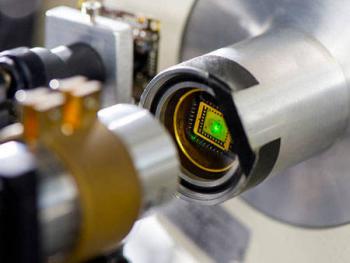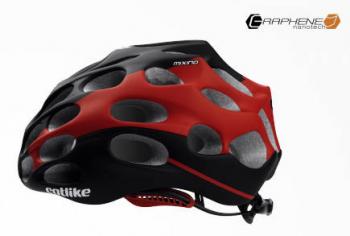Haydale announces joining the BIOGRAPHY project for developing graphene-based sensors
 Haydale, the UK based company focused on the commercialization of graphene and other nanomaterials, declared its partnership in BIOGRAPHY, an EU funded project (through M-ERA.Net).
Haydale, the UK based company focused on the commercialization of graphene and other nanomaterials, declared its partnership in BIOGRAPHY, an EU funded project (through M-ERA.Net).
Haydale's proprietary HDPlas graphene-based conductive inks will be used to establish a cost-effective mass production process for graphene-based biosensors, which are predicted to have a major influence on developing healthcare and environmental applications.


